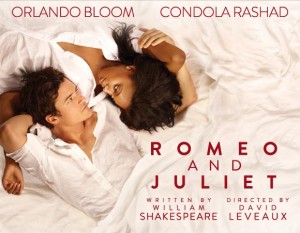Wide Sargasso Sea, by Jean Rhys
Work collaboratively in groups and take down notes on the following:
1. What are your initial impressions on the characters in Wise Sargasso Sea? Do they develop through the novel or are they static? If they are developing characters, how do they change and why? Are there any similarities or differences between this set of characters and those of Jane Eyre?
In your notes, include:
Traits of personality
Physical features
Their philosophical outlooks ( how they see life, love, sex, etc), mannerisms, etc.
It’s important to read the descriptions of minor characters below to keep track of who is who in the book.
2.Setting:
How well does the writer help you to visualise the setting? Make a note of any passages of description which you think are particularly effective in creating a vivid sense of place and time.
Does the setting seem to be just a background against which the action takes place – for example because it is concerned with historical events or with the interrelationship between people and their environment?
C . Can you make any connections between these settings and the ones in Jane Eyre?
3.Themes: What themes seem to be emerging? Can you find a link with those themes in Brontë’s novel?
4.Style:
Is the story told by a narrator who is also a character in the stories, referring to herself / himself as “I” (first person narrative) or is he/she anonymous and detached from the action (third person narrative)?
Note down any interesting or striking uses of language, such as powerful words or images which evoke a sense of atmosphere. Compare and contrast them with Brontë’s use of language.
How is this novel post-modern?
5.Your personal response: Have the novel made you think about or influenced your views on its themes and characters? What have you enjoyed or admired most about the stories ( or least) and why?
6. Length: You are expected to produce a summary of your findings, including all the items you have discussed with your partners in class: characters, setting, themes, style, and your personal responses. Your written production should not exceed 1,500 words.
7. References: As you are going to be using sources on the novel and Post-modernism, quote them properly. Write your References at the end of your production.
. Group members: this information should go at the very beginning of your post.
DEADLINE: THU 8TH, NOVEMBER, 2018 – 22.00 p.m.

























